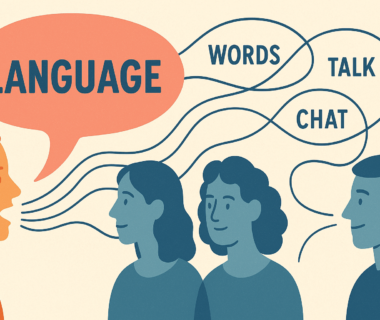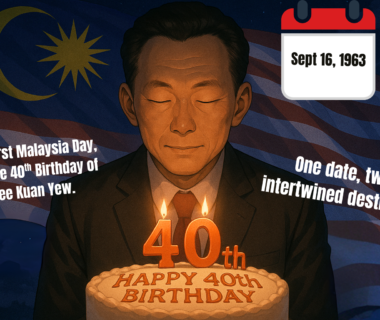Lately, I’ve been reading Steven Pinker’s “The Sense of Style”. I think it is an excellent book, and you can pick it up here!

The Sense of Style alks about how we should think about language through understanding how other people’s minds work – emphasis on other people’s minds; writing doesn’t come naturally to us as it requires us to imagine what goes on in another person’s mind and having an awareness that there are other minds out there dealing with what we create, and therefore Pinker recommends that tailoring our approach to create writing that creates clarity, images, and creativity as we understand how others think, feel, and process the world – to clearly imagine what’s going on inside people’s heads, to draft, redraft, iterate, and get better.
One thing I think is good for people to understand, but that unfortunately not everyone thinks about, is that when we use language, we are speaking to other people. You are never really just writing into the void; instead, you are always constantly writing to someone else who is going to try to understand what you’re saying, what you’re thinking, and what you’re talking about.
In other words, you are never actually in isolation. What I mean by that is that that’s just what language is like, even if it seems like grading is cold and impersonal and follows sterile, stale guidelines day after day.
I think it is good to remember that at the end of the day, whenever you say anything or write anything, it will end up being perceived, understood, and received by another human being. You could talk about how language can seem formulaic and everything like that, but I don’t think that has to be something that you converge upon.
It’s easy to delude yourself into thinking that the world is a certain way and to be caught up in that – yet common as it is, I feel that it is so unfortunate to have as an operative point of view.
What I find more captivating and interesting to hold as a default perspective is the realization that at the end of the day, every single person who is out there, every single view, every single click, every single eyeball that gazes upon what I am creating is looking at something that I chose to express out there and into the world.
I may not see that person; I may not think about them very deeply or otherwise, but it does not matter because it is true. Perhaps hundreds or thousands of people are thinking about what I am saying or thinking at any given moment.
As an English teacher and as a teacher of language, I think that that is an operative principle that we all have to sort of think about or remember. It’s something good to consider whenever we are thinking about how we want to craft our language and ask ourselves,
“How is someone experiencing what I’m saying? What are they thinking about as they read my words? What kinds of things do these arrangements accomplish that another arrangement does not accomplish? And what is the effect of what I said upon upon the people who are looking at this?”
I think that asking questions like these is a good step towards being able to see what goes on in the depths of other people. In that way, consider how we want to direct our speech out to the world beyond the confines of the exam papers and into the realisation that we are constantly influencing each other, we are constantly influencing the world, and we can do much better than we think, and influence far more than we know.


